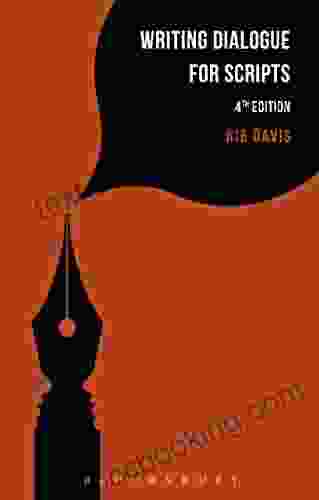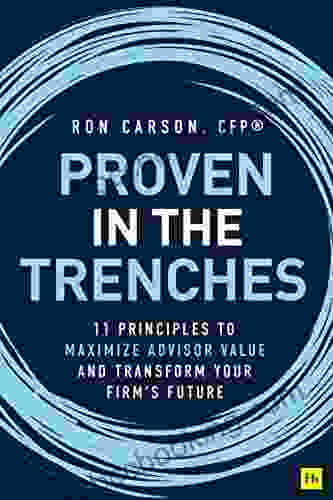The Ultimate Guide to Writing Dialogue for Scripts

Dialogue is the lifeblood of any script. It's what drives the story, creates conflict, and reveals character. But writing dialogue that is both natural and engaging can be a challenge.
4.6 out of 5
| Language | : | English |
| File size | : | 692 KB |
| Text-to-Speech | : | Enabled |
| Enhanced typesetting | : | Enabled |
| Word Wise | : | Enabled |
| Print length | : | 241 pages |
| Screen Reader | : | Supported |
That's where this guide comes in. In this comprehensive resource, you'll learn everything you need to know about writing dialogue for scripts, from the basics of structure and style to the more advanced techniques of subtext and emotional resonance.
Whether you're a beginner or a seasoned pro, this guide will help you improve your dialogue writing skills and create scripts that are truly captivating.
The Basics of Dialogue Writing
- Keep it short and sweet. Dialogue should be concise and to the point. Avoid long, rambling speeches that will bore your readers or audience.
- Use contractions. Contractions make your dialogue sound more natural and conversational. For example, instead of writing "I am going to the store," write "I'm going to the store."
- Vary your sentence structure. Don't use the same sentence structure over and over again. Mix it up with different lengths and types of sentences to create a more interesting and dynamic read.
- Use active voice. Active voice is more engaging and easier to read than passive voice. For example, instead of writing "The ball was hit by the boy," write "The boy hit the ball."
- Use strong verbs. Verbs are the workhorses of your dialogue. Choose verbs that are active, specific, and evocative.
- Use dialogue tags sparingly. Dialogue tags are words or phrases that identify the speaker of a line of dialogue. Use them sparingly, only when necessary to clarify who is speaking.
- Proofread your dialogue carefully. Make sure your dialogue is free of errors in grammar, spelling, and punctuation.
Advanced Techniques for Writing Dialogue
- Use subtext. Subtext is what is left unsaid but is still communicated through the dialogue. It can be used to add depth and complexity to your characters and to create tension and suspense.
- Create emotional resonance. Dialogue should not only be informative, but also emotionally resonant. It should make your readers or audience feel something.
- Use silence. Silence can be a powerful tool in dialogue. It can create tension, suspense, or even humor.
- Experiment with different dialects and accents. Dialects and accents can help to create unique and memorable characters.
- Get feedback from others. Once you've written a draft of your dialogue, get feedback from others. This will help you identify areas that need improvement.
Writing dialogue for scripts is a challenging but rewarding task. By following the tips and techniques in this guide, you can improve your dialogue writing skills and create scripts that are truly captivating.
4.6 out of 5
| Language | : | English |
| File size | : | 692 KB |
| Text-to-Speech | : | Enabled |
| Enhanced typesetting | : | Enabled |
| Word Wise | : | Enabled |
| Print length | : | 241 pages |
| Screen Reader | : | Supported |
Do you want to contribute by writing guest posts on this blog?
Please contact us and send us a resume of previous articles that you have written.
 Book
Book Novel
Novel Page
Page Chapter
Chapter Text
Text Story
Story Genre
Genre Reader
Reader Library
Library Paperback
Paperback E-book
E-book Magazine
Magazine Newspaper
Newspaper Paragraph
Paragraph Sentence
Sentence Bookmark
Bookmark Shelf
Shelf Glossary
Glossary Bibliography
Bibliography Foreword
Foreword Preface
Preface Synopsis
Synopsis Annotation
Annotation Footnote
Footnote Manuscript
Manuscript Scroll
Scroll Codex
Codex Tome
Tome Bestseller
Bestseller Classics
Classics Library card
Library card Narrative
Narrative Biography
Biography Autobiography
Autobiography Memoir
Memoir Reference
Reference Encyclopedia
Encyclopedia Mary Jane Hall
Mary Jane Hall Mason Deaver
Mason Deaver Paul Andrew Asmuth
Paul Andrew Asmuth Scott Hoover
Scott Hoover Sarah Weeks
Sarah Weeks Massimiliano Musina
Massimiliano Musina Martin Aguilera
Martin Aguilera Philippa Langley
Philippa Langley Mary Frances Kennedy Fisher
Mary Frances Kennedy Fisher Mary Batten
Mary Batten Max Fatouretchi
Max Fatouretchi Michele Mcgrath
Michele Mcgrath Mary Lynne Fernandez
Mary Lynne Fernandez Thomas Buergenthal
Thomas Buergenthal Roy Mark
Roy Mark Marion Zimmer Bradley
Marion Zimmer Bradley Will Thomas
Will Thomas Mark D Ramirez
Mark D Ramirez Shelly Crane
Shelly Crane Mark C Childs
Mark C Childs
Light bulbAdvertise smarter! Our strategic ad space ensures maximum exposure. Reserve your spot today!
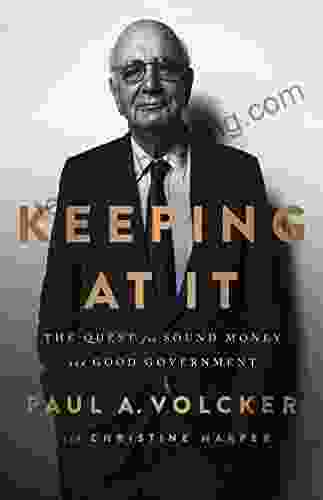
 Junot DíazThe Quest for Sound Money and Good Government: A Journey Through History and...
Junot DíazThe Quest for Sound Money and Good Government: A Journey Through History and...
 Walt WhitmanPPI Structural Depth Practice Exams for the PE Civil Exam, 4th Edition eText:...
Walt WhitmanPPI Structural Depth Practice Exams for the PE Civil Exam, 4th Edition eText:...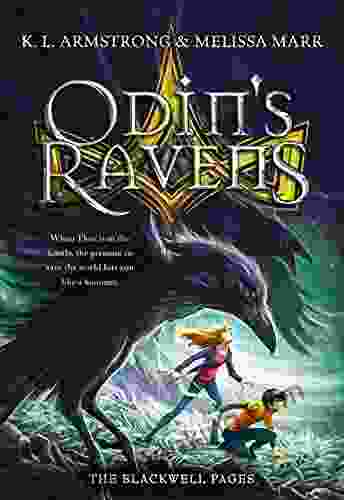
 Ismael HayesOdin's Ravens: The Blackwell Pages - A Journey into the Enigmatic Realm of...
Ismael HayesOdin's Ravens: The Blackwell Pages - A Journey into the Enigmatic Realm of... Craig BlairFollow ·17k
Craig BlairFollow ·17k Jared PowellFollow ·5.8k
Jared PowellFollow ·5.8k Pablo NerudaFollow ·15.2k
Pablo NerudaFollow ·15.2k Blake KennedyFollow ·6.6k
Blake KennedyFollow ·6.6k F. Scott FitzgeraldFollow ·7.5k
F. Scott FitzgeraldFollow ·7.5k Frank ButlerFollow ·4.5k
Frank ButlerFollow ·4.5k Reginald CoxFollow ·7.2k
Reginald CoxFollow ·7.2k Camden MitchellFollow ·4.5k
Camden MitchellFollow ·4.5k

 Larry Reed
Larry ReedGwendy's Final Task: A Thrilling Conclusion to a Timeless...
Prepare to be...
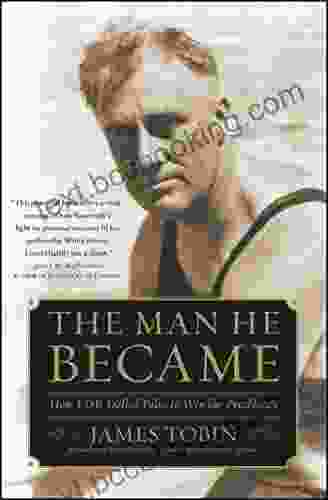
 Victor Turner
Victor TurnerHow FDR Defied Polio to Win the Presidency
Franklin D. Roosevelt is...

 Edwin Cox
Edwin CoxWinner RGS BBC Journey of a Lifetime Award: An Inspiring...
In the heart of the world's...
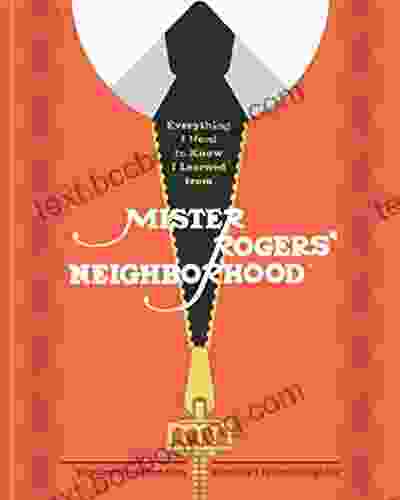
 Griffin Mitchell
Griffin MitchellEverything You Need to Know, You Learned From Mister...
Mister Rogers' Neighborhood was a beloved...
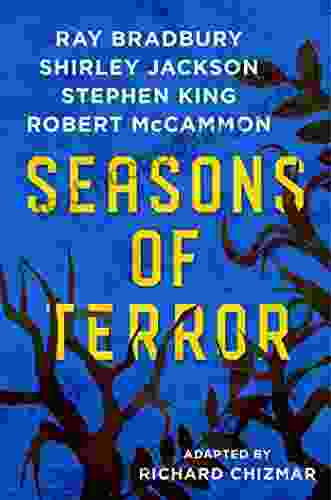
 Beau Carter
Beau CarterSeasons of Terror: A Spine-Tingling Odyssey into the...
In the realm of horror...
4.6 out of 5
| Language | : | English |
| File size | : | 692 KB |
| Text-to-Speech | : | Enabled |
| Enhanced typesetting | : | Enabled |
| Word Wise | : | Enabled |
| Print length | : | 241 pages |
| Screen Reader | : | Supported |


